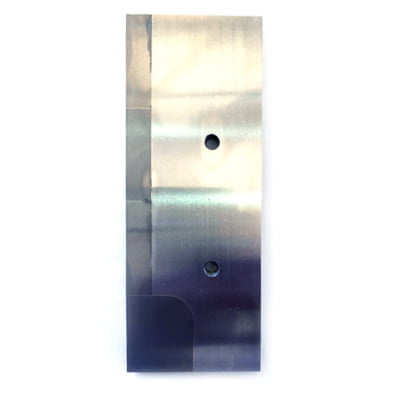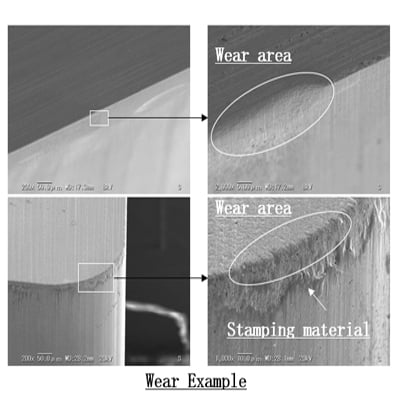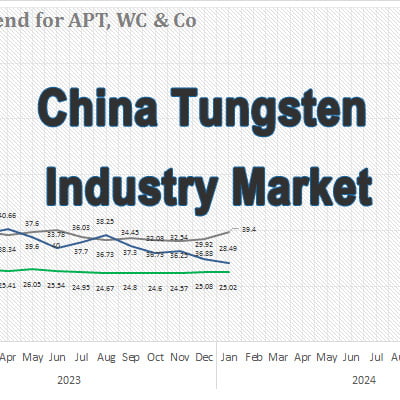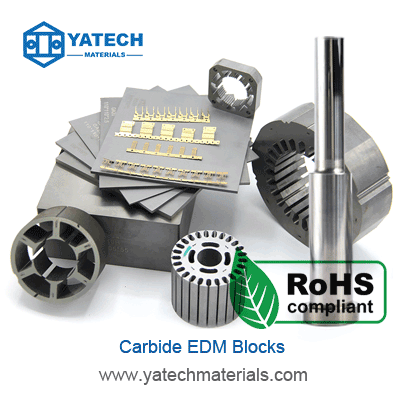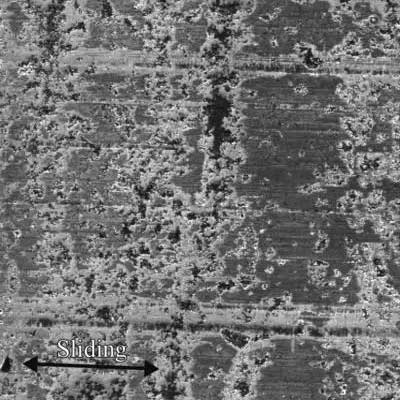
1. انواع و ویژگی های رایج سایش مکانیکی
1) سایش در حال اجرا
سایش مربوطه ماشین آلات تحت بار، سرعت، شرایط روانکاری معمولی که بسیار آهسته توسعه می یابد.
2) سایش ذرات سخت
ریزش ذرات ساینده توسط خود قطعه و ورود ذرات سخت از بیرون باعث برش یا آسیاب مکانیکی شده و به قطعات آسیب می رساند.
3) سایش خستگی سطحی
تحت تأثیر بارهای متناوب، ترک های ریز و گودال های گودال مانند ایجاد می شود که به قطعات آسیب می رساند.
این نوع سایش به فشار، ویژگی های بار، مواد قطعات و فاکتورهای اندازه مربوط می شود.
4) سایش حرارتی
در طی فرآیند اصطکاک قطعات، سطح فلز ساییده می شود، ماتریس داخلی یک منطقه داغ یا دمای بالا ایجاد می کند که باعث می شود قطعات نرم شدن، سوزش و چروک شدن و غیره داشته باشند که اغلب در سرعت بالا و بالا رخ می دهد. اصطکاک لغزشی فشار و مخرب بودن سایش برجسته تر است. همراه با ماهیت سایش تصادفی و پارگی.
5) خوردگی و سایش
خوردگی شیمیایی باعث سایش می شود، سطح قطعات توسط اسید، قلیایی، مایع نمکی یا گاز مضر فرسایش می یابد، یا سطح قطعات با اکسیژن ترکیب می شود و اکسیدهای فلزی سخت و شکننده ایجاد می کند که به راحتی می ریزند، که باعث می شود قطعات برای پوشیدن
6) سایش تغییر فاز
هنگامی که قطعات برای مدت طولانی در دمای بالا کار می کنند، دانه های ساختار فلزی روی سطح قطعات بزرگتر می شوند و اکسیداسیون در اطراف مرزهای دانه ها شکاف های کوچکی ایجاد می کند که باعث شکننده شدن قطعات، مقاومت در برابر سایش کاهش می شود و سایش قطعات تسریع می شود.
7) سایش هیدرودینامیکی
ساییدگی سطح یک قطعه ناشی از برخورد سرعت مایع یا سرعت ذرات بر روی سطح قطعه است.
2. دلایل سایش قطعات و نحوه جلوگیری از آنها
(1) سایش و پارگی معمولی
1) اصطکاک متقابل بین قطعات: از تمیزی و روانکاری قطعات اطمینان حاصل کنید
2) سایش ناشی از ذرات سخت: قطعات را تمیز نگه دارید و قسمت های در معرض قطعات را بپوشانید
3) سایش خستگی قطعات ناشی از بار متناوب طولانی مدت: از بین بردن شکاف ها، انتخاب گریس روان کننده مناسب، کاهش لرزش اضافی و بهبود دقت قطعات.
4) خوردگی مواد شیمیایی به قطعات: حذف مواد شیمیایی مضر و بهبود مقاومت به خوردگی قطعات
5) تغییر در ساختار متالوگرافی یا خواص تطبیق سطح قطعات در شرایط دمای بالا: سعی کنید شرایط کار را بهبود بخشید یا از مواد مقاوم در برابر حرارت و سایش برای ساخت قطعات استفاده کنید.
(2) سایش و پارگی غیر طبیعی
1) کیفیت تعمیر یا ساخت الزامات طراحی را برآورده نمی کند: بازرسی دقیق کیفیت.
2) نقض قوانین عملیاتی: آشنایی با خواص مکانیکی و با دقت عمل می کند.
3) حمل و نقل، بارگیری و تخلیه، ذخیره سازی نامناسب: به دانش بالابر تسلط داشته باشید و با احتیاط عمل کنید.
3. دلایل و اقدامات برای کاهش عمر مکانیکی پس از تعمیرات اساسی
1) تغییر شکل قطعات اساسی
از آنجایی که تغییر شکل موقعیت نسبی هر قطعه را تغییر می دهد، سایش قطعات را تسریع کرده و عمر قطعات را کوتاه می کند. برای جلوگیری از تغییر شکل می توان از نصب و تنظیم معقول استفاده کرد.
2) تعادل قطعات از بین می رود
قطعاتی که با سرعت بالا می چرخند نامتعادل هستند که باعث تسریع آسیب قطعات تحت اثر نیروی گریز از مرکز و کاهش عمر قطعات می شود. برای پیشگیری، اقدامات تست تعادل پویا را به شدت انجام دهید.
3) اجرا در انجام نمی شود
سطوح جفت گیری قطعات تعویض شده به درستی اجرا نمی شوند. با گذشت زمان، سایش سطوح جفت شدن قطعات افزایش می یابد و عمر قطعات کاهش می یابد. اقدام پیشگیرانه این است که در لوازم جانبی اجرا شود.
4) سختی کم
قطعات تعمیر شده به درستی انتخاب نشده اند، سختی سطح قابل دستیابی نیست، یا عملیات حرارتی ناموفق است. اقدامات پیشگیرانه: مواد را در صورت نیاز انتخاب کنید و عملیات حرارتی معقول انجام دهید.
کاربید برای بهترین نتایج به جای مواد مستعد سایش توصیه می شود.
کاربید سختی بالا، دانه ریز، مقاومت در برابر خوردگی. این یک ماده خوب مقاوم در برابر سایش است.

